Sony PS Vita review
Can Sony's new portable see off the 3DS and smartphone gaming charge?


-
+
Five-inch OLED touchscreen
-
+
Quadcore processor
-
+
Launch games line-up
-
-
Expensive
-
-
Fiddly card ports
-
-
Focus on core-gamers
Why you can trust T3
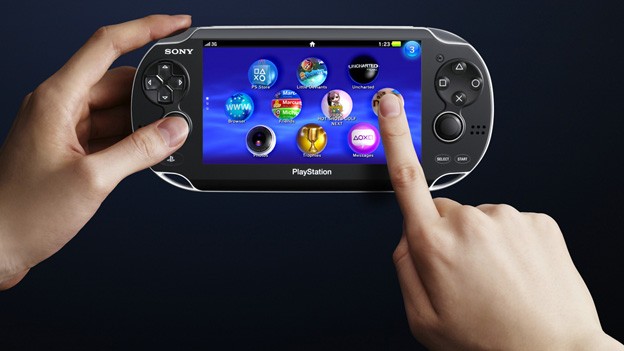
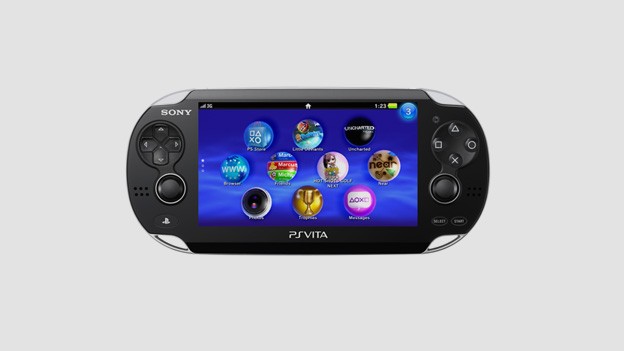
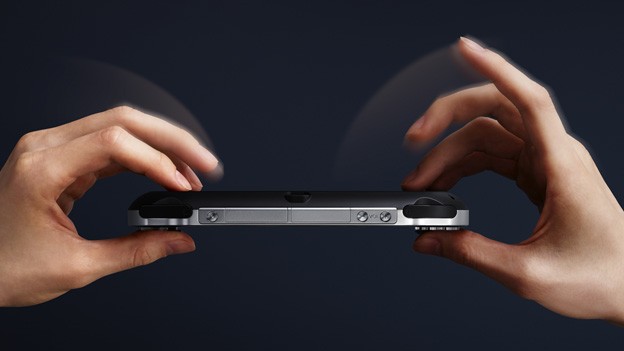
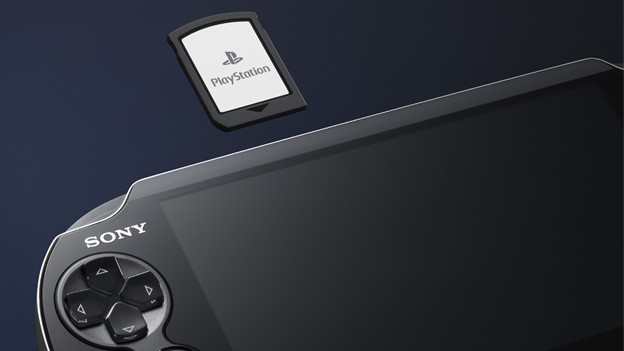
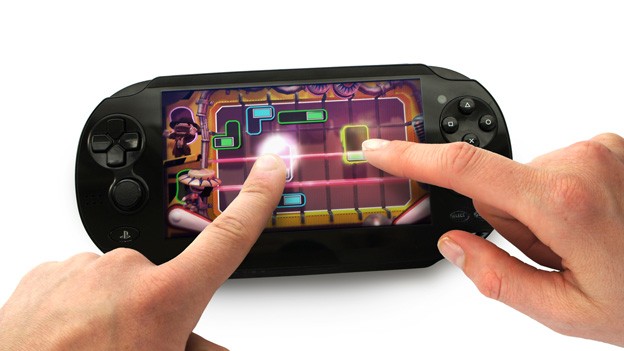
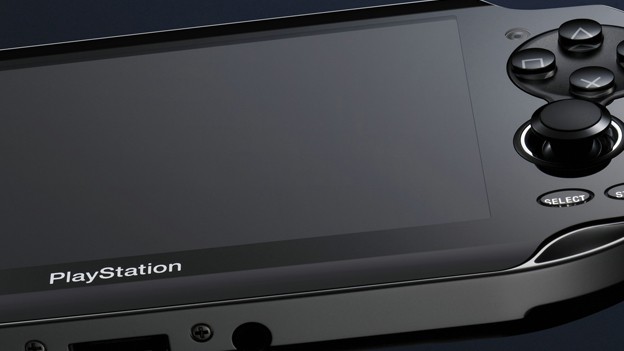
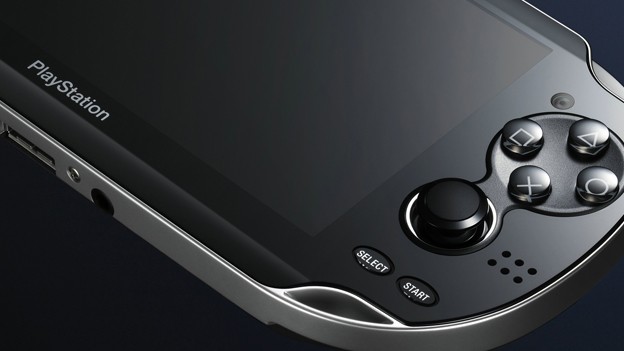

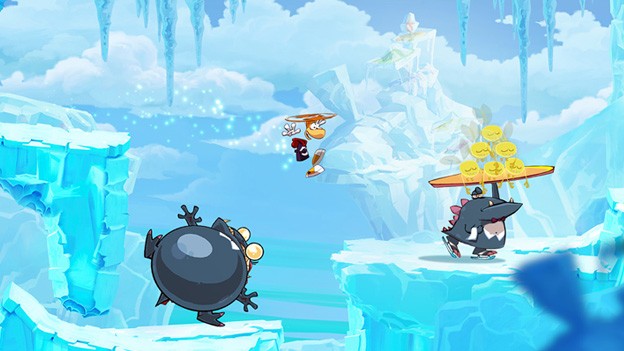

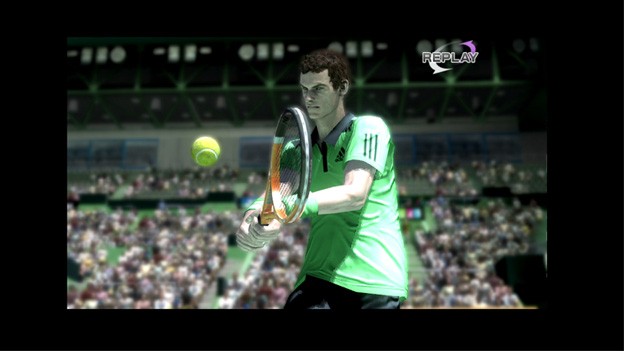


Sony PS VitaReview: It's the long-awaited follow-up to the flawed PlayStation Portable gaming handheld, adding a touchscreen and quadcore power
Update: The Sony PS Vita will soon be superceded by the Sony PS Vita Slim (which will be simply be called Sony PS Vita on launch). Check out our new Sony PS Vita Slim review for more details.
With gaming on the go becoming ever more smartphone-shaped, some would say it was foolhardly to release a new dedicated handheld, such as the Sony PS Vita. The full-fat and full-price Nintendo 3DS struggled against the cheap yet powerful thrills offered by more versatile and ever-present platforms such as the Apple iPhone 4S and the Android-based Sony Ericsson Xperia Play.
The gaming industry may be more lucrative than ever before, but the market is increasingly casual, not to mention time- and cash-poor. What chance does a £200+ dedicated device rocking £40+ games really have? The answer is, more than we thought.
Sony PS Vita: Features
Everything about the Sony PS Vita reeks of refinement. Looking initially rather disconcertingly like the original Sony PSP - it is, in fact, even bigger - the Vita is actually a strong mix of style and substance. Like the Apple iPhone 4, the problems with the first PlayStation portable were certainly not aesthetic, so its sleek and black chassis is unsurprisingly and reassuringly familiar.
An evolution of Sony's first handheld, this addresses a lot of its flaws – a terrible single analogue stick, drop-it-and-it'd-shatter product vulnerability, reliance on dead-on-arrival UMD software – and takes more steps on than you'd expect.
For a start, this is Sony's first handheld you don't have to wrap up in cotton wool, its reinforced shell making it more robust to knocks without diminishing its sexiness or making it too weighty.
OK, we're not talking brick-like Nintendo 3DS resistance, but then it's a portable that screams, "I am not a child's toy, I'm a serious piece of man tech," so it shouldn't need to be. It's also included pretty much every possible input you can think of, and then invented some more just in case you thought it was slacking.
Get all the latest news, reviews, deals and buying guides on gorgeous tech, home and active products from the T3 experts
The classic Sixasis gyroscope/accelerometer double header of the PS3's Dualshock controller is present for motion-sensing malarkey, as is a very good attempt to recreate its dual analogue sticks, which though necessarily on the small side reduce the PSP's thumb-hating waffled tormentor to a misdemeanour.
The action buttons are micro-switched rather than analogue, so control is not quite as complete as its big brother, but we rarely had complaint (we reserve the right to redress this once FIFA arrives).
More bizarre is the first capacitive multi-touch rear pad we've got to grips with, a reverse tactile surface that initially appears more gimmick than innovation, but shows ever more potential with every squeeze and prod. Much like how Move refined the Wii, it feels like an attempt at refining the touch screen interface that with the right support could reap rewards.
So far, so PlayStation. But taking a big step into smartphone and tablet waters is the capacitive multi-touch front screen, bigger and just as responsive as that of the Apple iPhone, and front and rear VGA cameras that don't waste their time trying to be world-beating, as anyone using a PS Vita to take moody style snaps needs a lie down.
For their primary purpose, to capture content for in-game use and manipulation, they're great.
The Near GPS location service, a multi-layered tool for finding like-minded gamers to beat/taunt, and messaging services veer off into that social direction more still, the effective content manager also allowing a decent, if unspectacular, variety of movie, music and picture files to be imported from home and abroad and, well, managed.
The menu interface has been noticeably Apple'd and Wii'd, binning the Sony PS3/PSP austere XMB chic for a far more approachable cutesie bubble world of app icon, swipe-able windows and one-home-button-press-from-anywhere familiarity.
PSN syncing is simple, which is important as more relies on connectivity than ever before, while PS3 remote play gets an early blow in on Wii U's unique selling point, though neither of these functions, along with online multiplayer, is fully functional pre-launch in the UK so we'll leave the door ajar for a footnote or two come February.
Sony PS Vita: Screen
Arguably the most impressive thing about the PS Vita is its five-inch OLED display, which kisses everything that graces it. Let's not understate this: it's bloody enormous, but never feels bulky.
Colours are vibrant, images sharp - you almost want to ignore its capacitive multi-touch functionality in fear of sullying it (which unfortunately, in true smartphone style, your fingerprints very much will).
However, once you've engaged, the big surprise is how good a tablet-like browser it makes, tactile and responsive, the internet's innards looking as good as they can. There won't be any Flash support at launch, but we're told that's coming later.
In a post-Amazon Kindle Fire, seemingly seven-inch-heading slate world, Sony could do a lot worse than ripping the stabilisers off its cross-platform PlayStation Suite and supplementing its ageing games catalogue with apps, ebooks and the full gamut of modern touch-screen fare. History says it won't, unfortunately, but it would make its criticised price tag quickly seem a snip.
Sony PS Vita: Games
We need games... lots of games. And Sony's new handheld is certainly coming out swinging, with the PS Vita lauch game lineup for the UK comprising an imrpessive 25 titles from day one.
At the graphically demanding end, Sony's staple future racer WipEout 2048 is glorious, the dizzying highs and lows of its Empire Climb course frenetic and impressively slick, while Gravity Rush, a kind of Bayonetta meets Jet Set Radio comic-style actioner from the man behind Silent Hill, is pure spectacle, combining classic hardcore gaming controls with touchscreen flourishes that never feel tacked on.
At mid-level, a few games into Virtua Tennis 4 and you could believe you were playing a PS3, so easily it handles its textures, lighting and, importantly, controls. But then it also has a token attempt at covering the iOS-tinged casual end, the eerie puzzler Escape Plan reminiscent of Machinarium, the mini-game flavours of Little Deviants a clear family play that's more fun that it should be.
The controls are tight, the left analogue unsurprisingly shaming the 3DS's effort, and kicking in the balls anyone who thinks smartphone gaming can hold a candle to proper dedicated joysticks done correctly. However, ironically, of all the launch titles, it's the dual-analogue poster boy Uncharted: Golden Abyss that's the most disappointing purely because it aims so high.
It's a blast, of course, but once you get over the sheer amazement that you're playing Uncharted on the move, you'll begin to notice that the right analogue is a bit too loose for targeting (we're eager to see how Call of Duty handles it), the tiny action buttons an ergonomic-square-millimetre too near the unit's edge to be comfortable for long sessions, the touch-screen interludes unnecessary diversions.
It's an incredible achievement, and a graphical showpiece up there with Rage HD on the iPad, but much like id Software's iOS big gun, there are far better games for this particular format.
The PSN two-stick shooter overhaul Super Stardust Delta for one; if any title showed that touch-screen gaming cannot replace dual analogue controls, it's this. If PSN had the games that XBLA had, we'd be doing cartwheels.
Sound pretty great right? It's not quite that simple - the cheapest game at launch is £25, with the real show-stoppers going for £45 - the same price as a full PS3 title. It's somewhat jarring when the Vita incorporates the best that iOS and smartphone phone gaming has to offer so effortlessly that it should overlook the increasingly large budget end of the market, just as the 3DS did.
This should, and needs to, be addressed once PSN in the UK goes live. Also, in a divisive decision, titles can either be purchased as old-school boxed games in the new PS Vita flash-card format (which, rather nicely, you can make game saves on), or downloaded from PSN to a tiny proprietary PS Vita memory card half the size of a Monopoly house, both of which are inserted through the most fiddly, fingernail-cracking access ports known to tech.
There's no internal storage, and the largest memory card available at launch will be 16GB, and it will cost £45 - which, we're sure we don't need to say, is too small and too much.
With Uncharted: Golden Abyss reported to clock in at 4GB alone, and an as-yet-unspecified discount on the £45 premium for the top titles if you go download rather than boxed, there's going to be a lot of chopping, changing and, inevitably, cards going missing. We've already lost one in a 24-hour period. Buy a little box to keep them in, we're warning you now. Not too little, though, or you might lose that too.
Sony PS Vita: Performance
The PS Vita's quadcore processor is a whizz, powering through spectacular graphical feats with rare slowdown. Audio is strong, though just as with the PSP, is best played through headphones.
The iPhone 4S-alike 512MB RAM isn't huge, and it's noticeable that while it can multi-task on the lesser services, each game has to be shut down to open another (at least it means you won't find someone quietly deleting your files in the background because you've carelessly left every game you own running simultaneously).
While some reports have stated three to four hours for batterylife, ours didn't first conk out until we'd reached five hours of constant triple-A gaming across several titles, which while not being earth-shattering we found impressive considering the demands on the system.
Sony PS Vita: Verdict
Sony has really surprised us with the PS Vita, a dedicated gaming portable at supposedly the wrong time that could be so much more. Perhaps that's why it's dropped the 'PlayStation' logo from its belly - to signify a planned convergence with the app-heavy smartphone and tablet world that many thought would destroy it. We can but hope.
But while the hardware is frequently beyond impressive, with a hardcore launch line-up to keep committed gamers' thumbs busy for months, slight concerns remain with Sony's avoidance so far of producing more quality casual fare and non-gaming standouts at a price that will satisfy the expanding end of the market.
If it can sort out its pricing and nail PlayStation Suite and PSN support once it hits the UK, this could raise the PS Vita above a mere gamers' machine to a true crossover media platform to justify a current price tag that's already crippled the 3DS. For now, it's just a fantastic, if pricey portable games machine, and as fantastic, pricey portable gamers, that will certainly do us.
Sony PS Vita availability: Out now on Japanese import, or from 22 February in the UK
Sony PS Vita price: £230 for Wi-Fi-only, £280 for 3G model